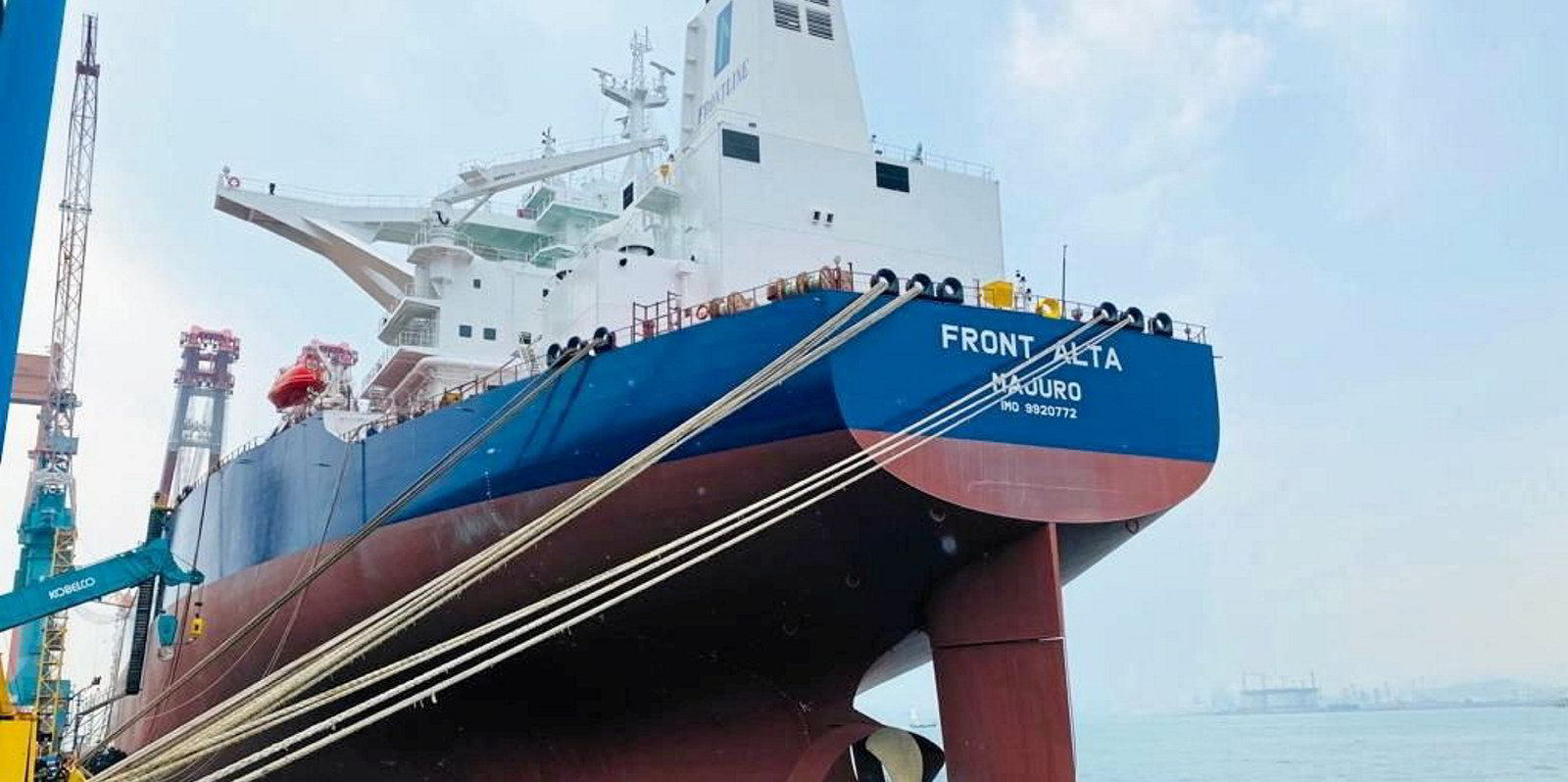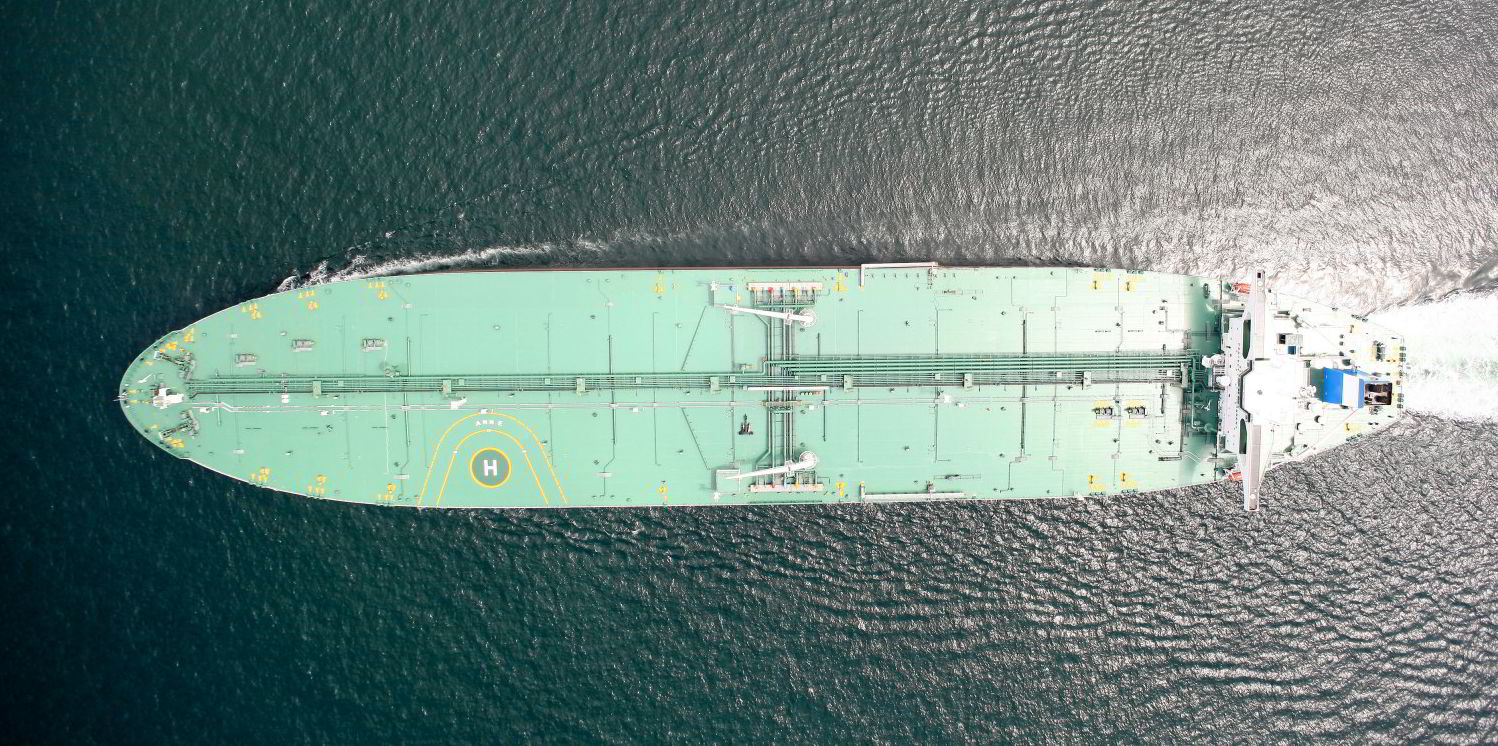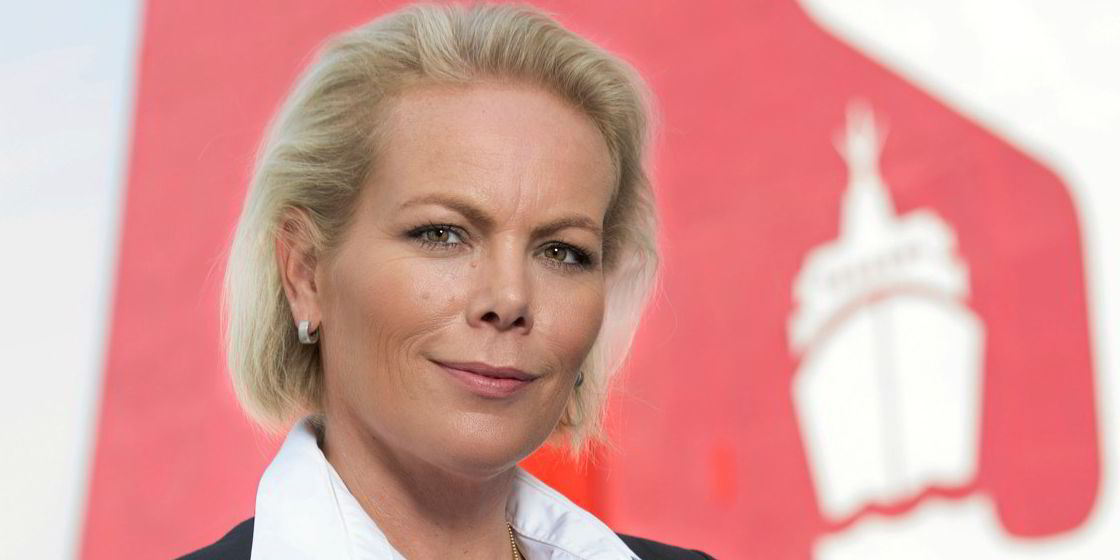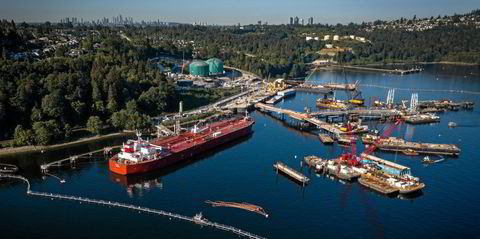French shipbroker Barry Rogliano Salles (BRS) has identified a slight cooling in runaway tanker newbuilding prices.
But any relief for shipowners is likely to be temporary due to continued demand keeping the cost of steel high.
Japan’s Mitsui OSK Lines (MOL) ended the 13-month VLCC ordering drought last month with a deal for two LNG dual-fuelled 309,000-dwt crude carriers at Dalian Cosco KHI Ship Engineering (Dacks) to be delivered in 2025 and 2026.
MOL paid somewhere between $120m and $130m per vessel, suggesting a premium of between $10m and $20m, or 8% and 15%, versus a conventional eco VLCC.
And the Paris shop said: “There is evidence to suggest that some of the froth on newbuild tanker prices has recently evaporated and that prices are now starting to experience a correction.”
“Although predicting newbuild price direction is an extremely hazardous exercise, we tentatively suggest that that this correction may only be temporary,” the company added.
Steel prices have dipped on fears of a global recession, but BRS believes that once China has a grip on Covid, its appetite for steel will be “ravenous”, supporting prices.
Further upward pressure on tanker prices will likely also come from the increasing need for alternative propulsion.
And labour issues remain in shipbuilding, with workers demanding higher pay.
During the VLCC ordering drought, orders were placed for 91 other tankers for a combined 7.4m dwt of capacity.
No avalanche of orders
BRS concurs with other observers that the MOL deal does not mean a rush to yards by other owners to order VLCCs.
“Considering that MOL’s orders were made in tandem with orders for four dual-fuel LNG newcastlemaxes dry bulk carriers, we believe that these orders are part of the company’s ambitious efforts towards having net-zero GHG emissions by 2050, rather than reflecting a renewed confidence in the sectors’ short-term fortunes,” the broker said.
“We believe that these two VLCC orders will not signal an opening of the flood gates but that orders will eventually pick up,” the company added.
Opportunity to order?
From 2023 on the ratio of the fleet on order will sink to a decades-low 4.6%.
“Although owners can undoubtedly see this potential opportunity, a combination of low earnings, high prices and regulatory uncertainty is likely putting them off from piling in en masse," BRS added.
“It is for this reason that we maintain our previous assumption that it may take at least another 12 months before orders pick up pace,” the company said.
BRS remains optimistic on VLCC prospects, as US exports rise in the coming years.
If its order assumption is correct and there is no “avalanche” of VLCC orders on the horizon, it believes the market can continue to look forward to the golden age its analysts predicted earlier this summer.






